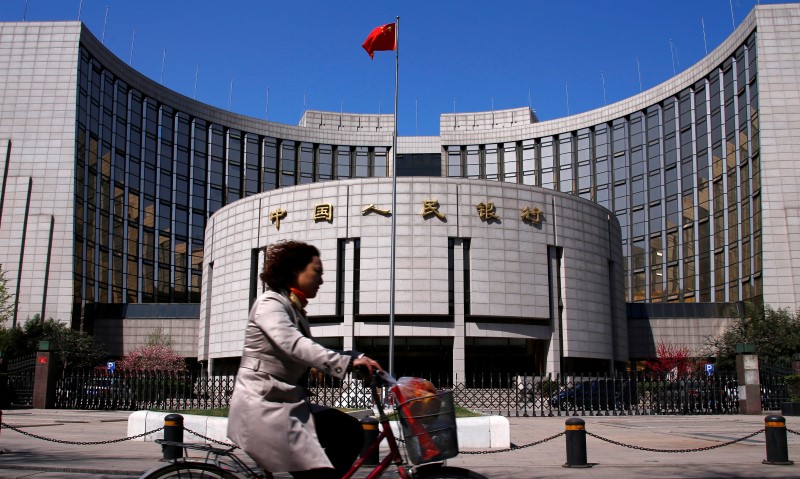By Patturaja Murugaboopathy
(Reuters) - Local governments across China are binging on debt again to pump-prime their slack economies. But this time round, they are not wasting money propping up zombie factories or loss-making steel plants.
Investment in industries hit by chronic overcapacity is drying up quickly. Investment in mining tumbled 18 percent in the first quarter from a year earlier, the most since at least the second quarter of 2004, while investment in manufacturing grew just 6 percent, the slowest in the same period, according to the latest data from the National Bureau of Statistics. In recent years, miners and manufacturers had tapped easy-to-access bank credit and government subsidies to fire up production even as demand began to wilt. In a landmark move, Beijing has ordered the closure of debt-ridden zombie firms as its policy priority for 2016.
In contrast, first-quarter investment in infrastructure and real estate surged 19.6 percent and 6.2 percent, respectively. The numbers reflect the government's strategy of re-allocating capital to other engines of the economy, and in turn, providing a little respite to the steel, cement, energy and related services sectors. China will invest $11.9 billion (8 billion pounds) in aviation infrastructure this year alone. It has also approved a 27.4 billion yuan high-speed rail project linking Beijing's new airport with neighbouring Hebei province. In real estate, China's March home prices rose at the fastest clip in almost two years on the back of a boom in top-tier cities amid easy bank credit.
To boost infrastructure investment, Beijing has given local governments its blessings to raise funds in the bond market, much of it through local government financing vehicles (LGFVs) that skirt official spending limits. LGFVs have raised tens of billions of dollars through bonds in the first quarter, according to brokerage estimates, even as China sceptics warn of another debt bust. The AA-rated LGFV issuances have appealed to investors increasingly unsure of the quality of corporate paper. Overall local government bond issuances in the quarter totalled 955.4 billion yuan, according to investment firm China International Capital Corp (HK:3908).

Investment in infrastructure and real estate is more organised and demand-based this time, and will have a better chance of success than more speculative developments in the past, some economists say. But that's a subject for debate. In Guizhou, a poor province in southwestern China, there are plans to finance a 1.2 billion yuan athletic culture park and a stadium and gym complex about twice the size of Europe's largest soccer stadium that is home to Barcelona football club.
(By Patturaja Murugaboopathy in BENGALURU; Editing by Ryan Woo)